Tomb 69
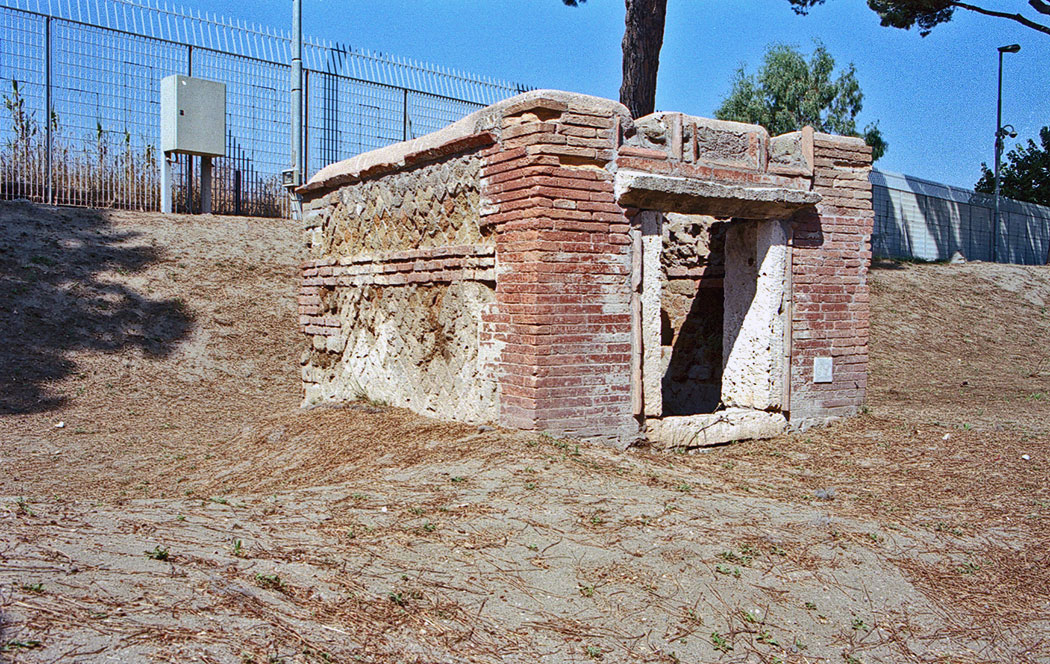
Tomb 69: the benches are buried under the earth again.
 Tomb 69 is one of the tombs that are furthest away from the Via Severiana. The grave lies behind tomb 87.
Tomb 69 is one of the tombs that are furthest away from the Via Severiana. The grave lies behind tomb 87.
Before the building of the latter, there used to be a passageway to the main street.
In spite of the small measurements, there were klinae in front of the entrance. The entrance was turned towards the street. Between the benches is a small, rectangular base, probably used as support for a table. Alongside the side walls were benches of brick. Like the walls of the burial chamber, the whole was painted red.
The burial chamber was equipped for cremation burials.
The roof and floor are missing, as is the inscription.
No investigations beneath the floor, which was presumably made of marble plates, have been undertaken. Therefore we do not know whether formae were created or not in the event of reuse.
On the left side of the klinae a tomb "a cassone" was built later on.
Tomb 69 dates back to the time of Trajan.
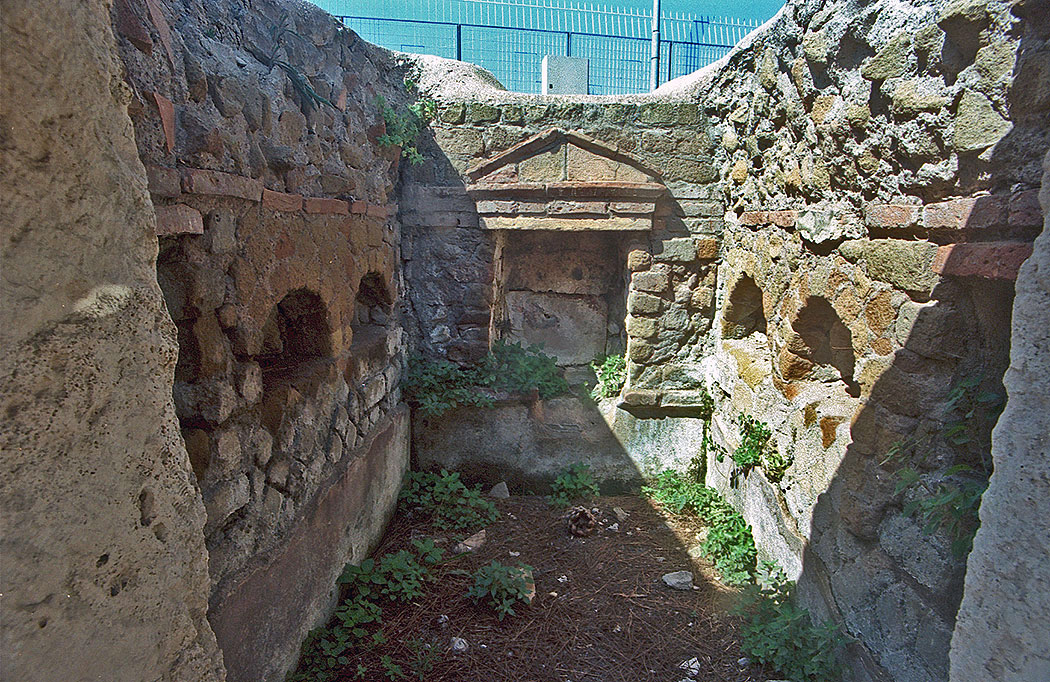
- Sources
- Russel Meigs - Roman Ostia, At the Clarendon Press 1973
- Guido Calza - Necropoli nell'Isola Sacra'(1940)
- Dr. Jan Theo Bakker.
- Hilding Thylander - Inscriptions du port d'Ostie (Lund C W K Gleerup 1952).
- Ida Baldassarre, Irene Bragantini, Chiara Morselli and Franc Taglietti - Necropoli di Porto, Isola Sacra (Roma 1996).
Isola Sacra Index (F)
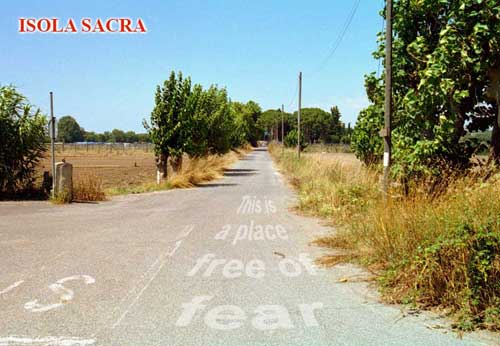
Section spéciale consacrée au cimetière romain de Portus (en anglais)....
Lire la suite...Leptiminus (Anglais)
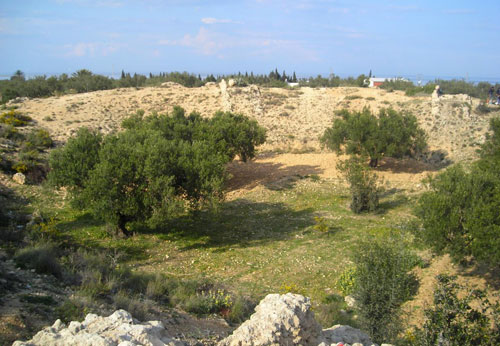
At the site of present-day Lamta on Tunisia's east coast, there was already a port city named Leptis Minor ....
Lire la suite...Droit romain du commerce maritime(Anglais)

Roman law is the finest monument that Rome bequeathed to Western Europe....
Lire la suite...Sullecthum (Salakta) Anglais

In the Sahel, in the Tunisian province of Madhia, we find by the sea the small town of Salakta....
Lire la suite...Colonia Julia ad Turrem Libisonis (Anglais)

.....probably founded by Julius Ceasar around 46 BC, was located in the north-west of Sardinia.
Lire la suite...
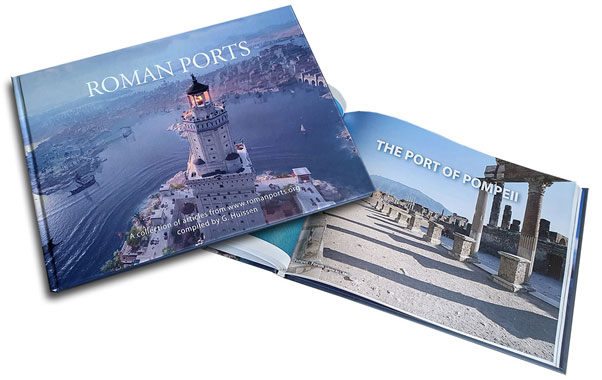
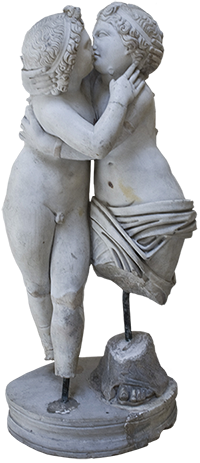 We are committed to providing versions of our articles and interviews in several languages, but our first language is English.
We are committed to providing versions of our articles and interviews in several languages, but our first language is English.